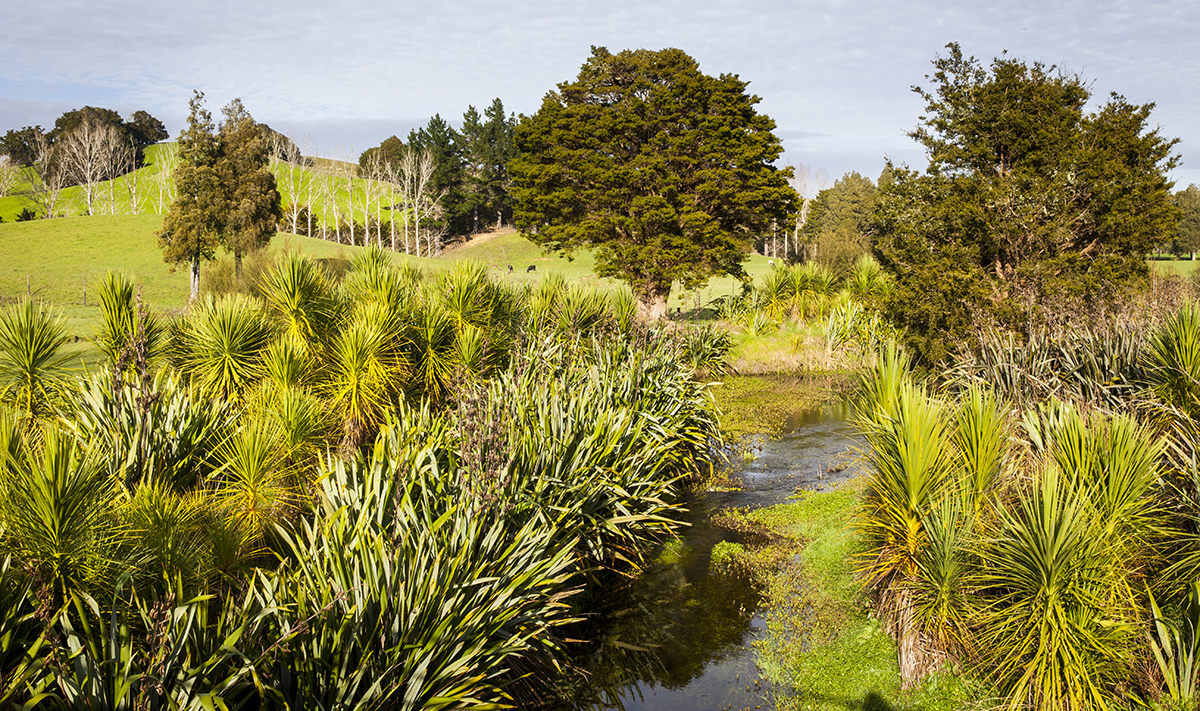Story
Freshwater for lifestyle block owners
If you have a lifestyle block, but you’re not a farmer, you may be wondering whether the rules and regulations about freshwater quality apply to you.
Anyone who has stock on their land, regardless of how many you have or the size of your property, needs to abide by the rules in the Proposed Northland Regional Plan and the national stock exclusion rules. You can find more information about these rules on the Keeping stock out of waterways page of our website.
You may also be affected by an important regulatory tool for improving freshwater quality that is expected to roll out across Aotearoa, including Te Taitokerau, once central government has completed revisions and confirmed the implementation timeframe. This tool will require you to have a plan to identify and manage risks to freshwater quality on your land if you meet certain criteria. Currently, the criteria will require you to have a freshwater farm plan if you have:
- 20 hectares or more in arable or pastoral use
- 5 hectares or more in horticultural use
- 20 hectares or more of combined use.
These criteria could change before roll out, but they are a signal to landowners – whether or not your get income from farming, horticulture or cropping – to prepare.
Acting now to improve freshwater quality on your land will make things easier when freshwater farm plans come into effect. In Northland, our biggest problems with freshwater quality are high levels of sediment and E. coli (bacteria) in our waterways, so consider things you can do to address these issues.
Fence off streams and drains
One of the most important things you can do to keep freshwater clean on your property is to fence off streams and drains. Fencing your waterways keeps stock out and ensures animal waste, which is a major source of E. coli pollution in Northland streams and rivers, stays on paddocks and out of waterways. Check the Keeping stock out of waterways page on our website for rules about this.
Fence off wetlands and boggy areas
Fencing wetlands and boggy areas has two key benefits. Firstly, plants growing within the fenced area will help to trap sediment washed down from eroding hillsides before it reaches waterways. Secondly, your stock won’t be at risk of getting stuck.
Plant along stream and river banks
Planting along stream and river banks helps to trap sediment and pollutants running off your paddocks. Tall plants help shade and cool stream water, providing a healthier environment for native freshwater species. Planting with native species will also increase biodiversity and habitat for native fish and insects.
Stop erosion
You can reduce soil erosion from steep paddocks by planting trees. Poplars are particularly well suited for reducing erosion.
Use council funding and support
You can also consider whether you’re making the most of funding and support offered by Northland Regional Council. For example, the council’s Hill Country Erosion Fund is available to help you plant steep marginal areas in native trees. Poplars and willows are also supplied at subsidised rates from our nursery.
For free, no obligation advice about improving water quality, contact our friendly Land Management team on landadmin@nrc.govt.nz or visit www.nrc.govt.nz/land

Planting along stream banks is one way to improve freshwater quality.
